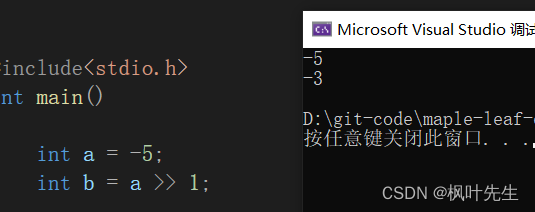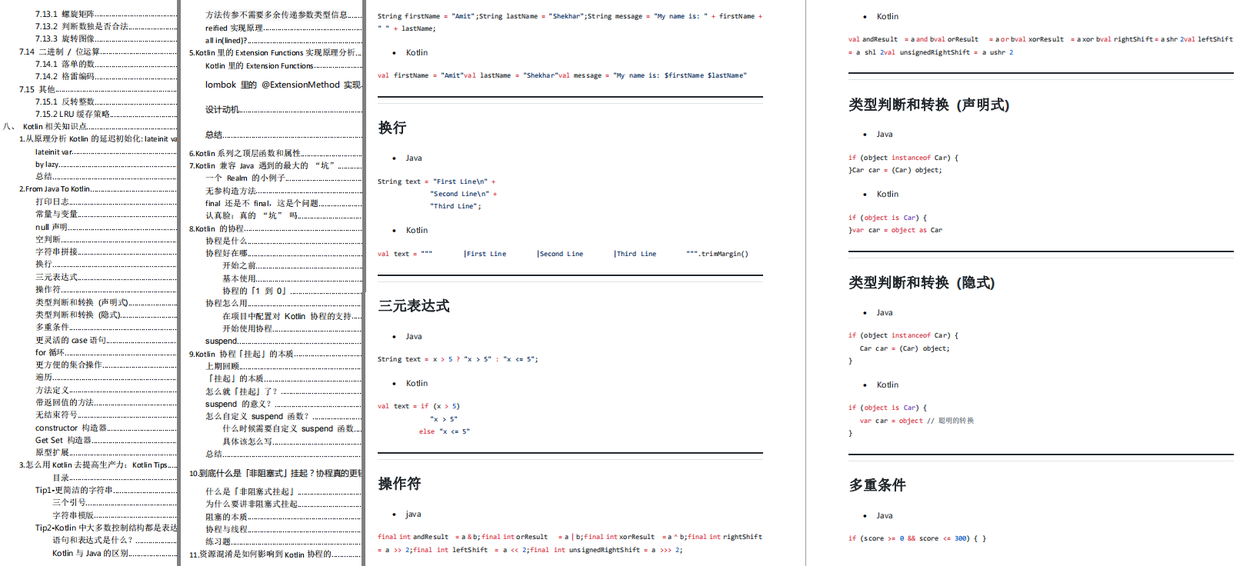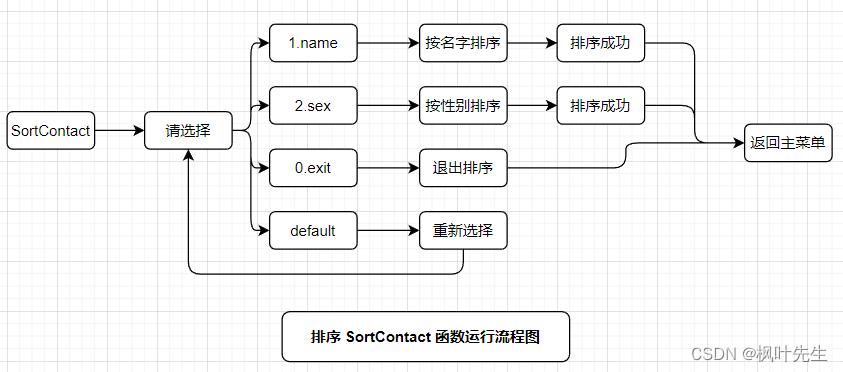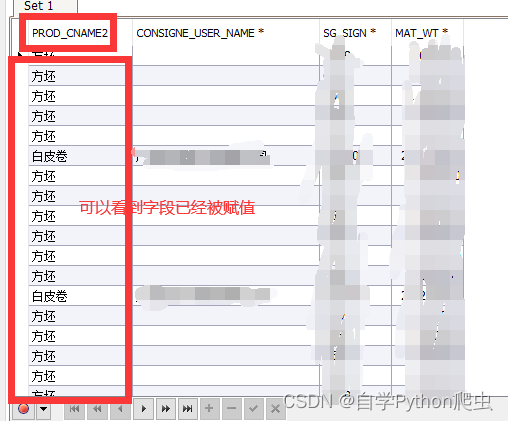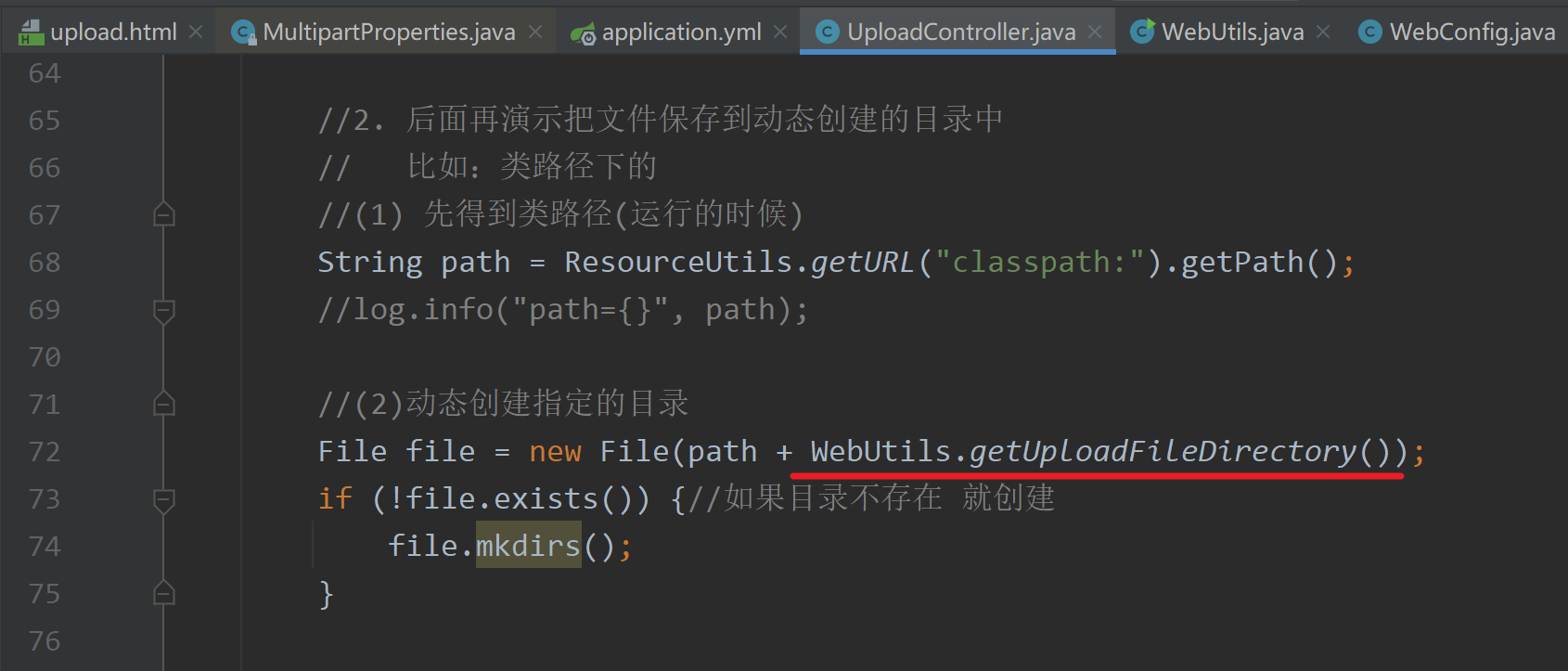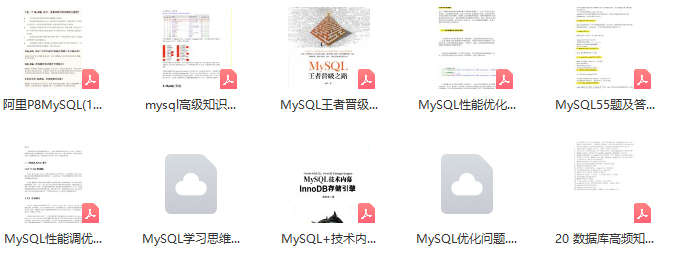当前位置:网站首页>Server Tips
Server Tips
2022-08-10 23:49:00 【grass cys】


U is a unit that represents the external size of the server, and is an abbreviation for unit. The detailed size is determined by the Electronic Industries Association (EIA), an industry group.
The reason for sizing a server is to keep it sized to fit on an iron or aluminum rack.There are screw holes for fixing the server on the rack, so that it can match the number of the screw holes of the server, and then fix it with screws to facilitate the space required for each server to be installed.
The specified dimensions are the width (48.26cm=19 inches) and height (multiples of 4.445cm) of the server.Racks that meet this requirement are sometimes referred to as "19-inch racks" because they are 19 inches wide.The thickness is based on 4.445cm.1U is 4.445cm, 2U is 2 times of 1U is 8.89cm.
The so-called "1U PC server" is a product with a shape that meets the EIA specification and a thickness of 4.445cm.Products designed to fit into a 19-inch rack are generally referred to as rack servers.
1U server, 2U server, 4U server
The size specified by the server is the width (48.26cm=19 inches) and height (multiples of 4.445cm) of the server, and the thickness (height)) is based on 4.445cm.
Among the rack server sizes, the common ones are 1U servers, 2U servers, and 4U servers. The dimensions of these servers are:
1U=4.445cm
2U=4.445*2=8.89cm
4U=4.445*4=17.78cm
In actual use, 1U or 2U servers are the most frequently used.Because the service provider calculates the cost according to the space occupied by the server, the 1U server is the most space-saving and the cheapest, but the scalability of the 1U server is not as good as that of the 2U server.1U can have up to 4 hard drives, 2U can have 8, and the number of PCI slots is also different, 1U can have up to 2, and 2U can have up to 6.
Three types of servers can be divided into tower, rack, and blade servers through the structure of the server shape.At present, there are two common types of tower and rack servers on the market, so what is the difference between these two servers?
In appearance:
The appearance of the tower server is similar to the mainframe of our ordinary computer. It is vertical and can be placed anywhere without a cabinet.It's just that it's bigger, and its size is not uniform. If you want to say it, the height is generally 10U.(1U=4.45cm).
The shape of the rack type is flat, it is flat, the common height is 1U, 2U, it needs to be placed in the server cabinet.
Benefits:
The advantage of a tower server is that it has strong scalability, because it is larger in size and has a larger internal space, and there are many motherboard slots, which is conducive to the redundant expansion of hard disks and power lights in the later stage.Because of its good scalability and high configuration, this kind of server can meet the needs of general server applications, especially for common entry-level and work-level server applications.
The advantage of rack-mounted servers is that they take up less space and are convenient for unified management.Rack servers are designed to take up as little space as possible, so a lot of optimization will be done inside the machine.At the same time, its shape is designed according to the industry unified standard,
It can be conveniently placed in a cabinet for unified management.
The advantages of rack-mounted servers are high security and better performance. This is because rack-mounted servers need to be placed in cabinets, which are not accessible to ordinary people.
Cons:
The disadvantage of a tower server is that it is large and takes up a lot of space.If you need multiple tower servers, it will be inconvenient to manage, because its power cables, network cables, data cables, monitors, keyboards, mice, switches, and routers are not like rack servers.A messy situation.
The disadvantage of rack-mounted servers is that the internal space is relatively small, its expandability is limited, and the heat dissipation problem is limited.In terms of price, rack servers are generally more expensive than equivalent tower servers.
In general, these two types of servers have their own advantages and disadvantages, depending on the specific needs of the enterprise.But at present, the mainstream is the rack server, especially the server rental market.
边栏推荐
- ROS实验笔记之——UZH-FPV数据集的验证
- 6.0深入理解MySQL事务隔离级别与锁机制
- SQL注入基础---order by \ limit \ 宽字节注入
- CDN原理与应用简要介绍
- 2.0966 铝青铜板CuAl10Ni5Fe4铜棒
- VMware 虚拟机开启Ip地址自动更换解决
- Multilingual Translation - Multilingual Translation Software Free
- App基础优化三部曲:启动原理&黑白屏优化&启动时间优化
- [C] the C language program design, dynamic address book (order)
- App的回归测试,有什么高效的测试方法?
猜你喜欢
随机推荐
CSDN21天学习挑战赛之折半插入排序
5. Lombok
基于SSM实现手机销售商城系统
定时器,同步API和异步API,文件系统模块,文件流
Talking about cors
14. Thymeleaf
【C语言篇】表达式求值(隐式类型转换,算术转换)
HGAME 2022 Final writeup
7. yaml
大厂面试热点:“热修复机制及常见的几个框架介绍”
基于Web的疫情隔离区订餐系统
CSAPP lab
HGAME 2022 Week3 writeup
String
12. 处理 JSON
8. WEB 开发-静态资源访问
10. 接收参数相关注解
ROS Experiment Notes - Validation of UZH-FPV Dataset
ASIO4ALL是什么
Rust从入门到精通05-语句和表达式
